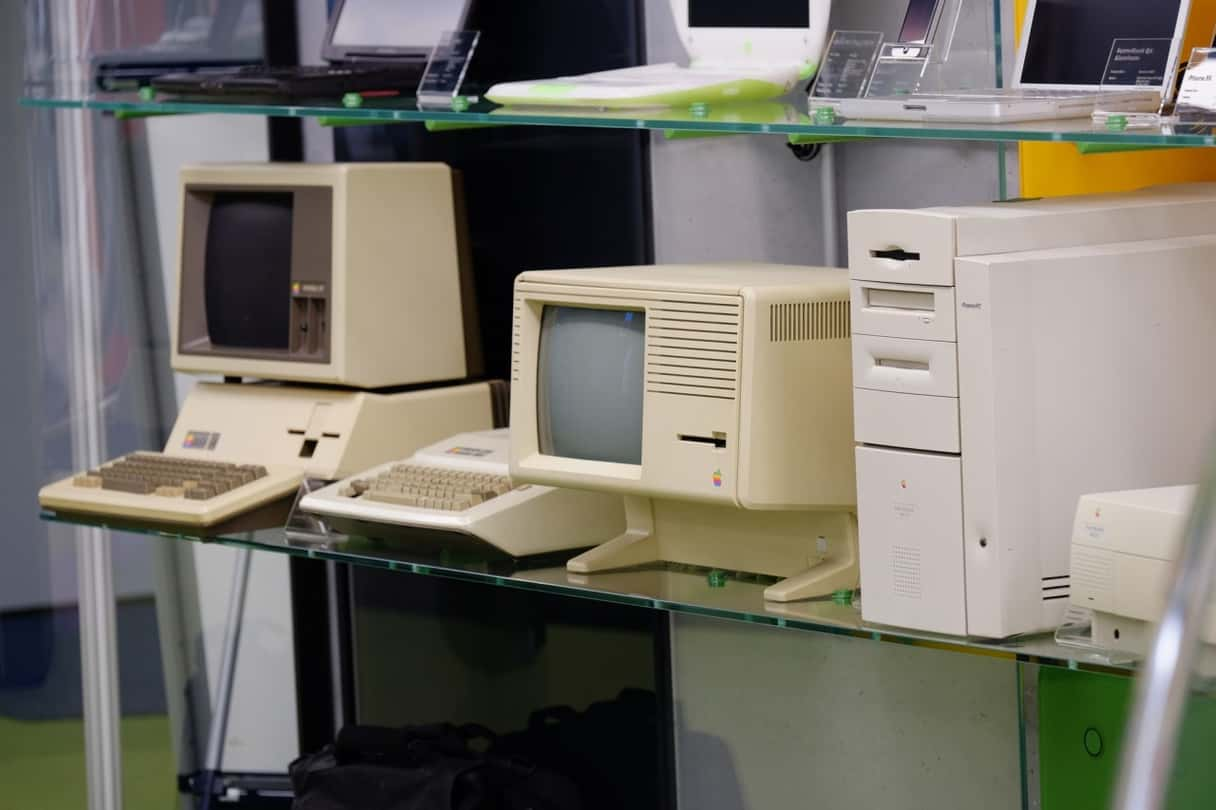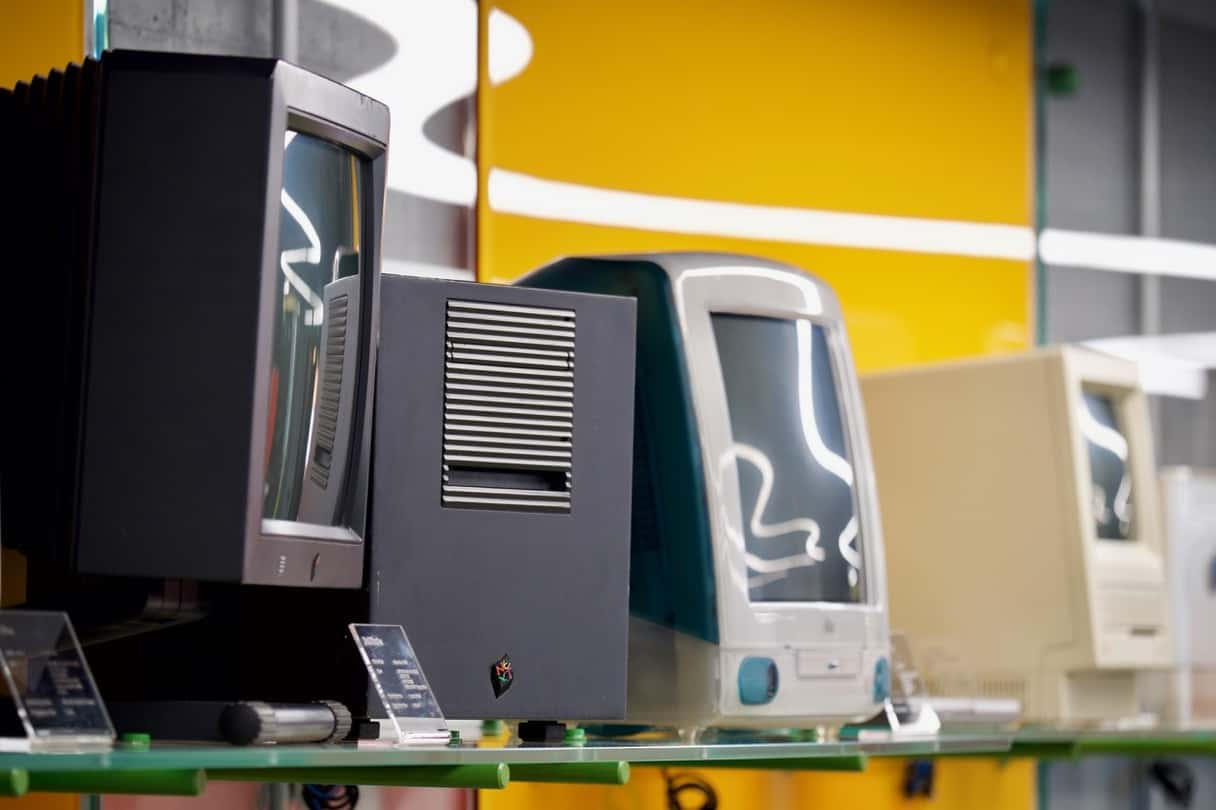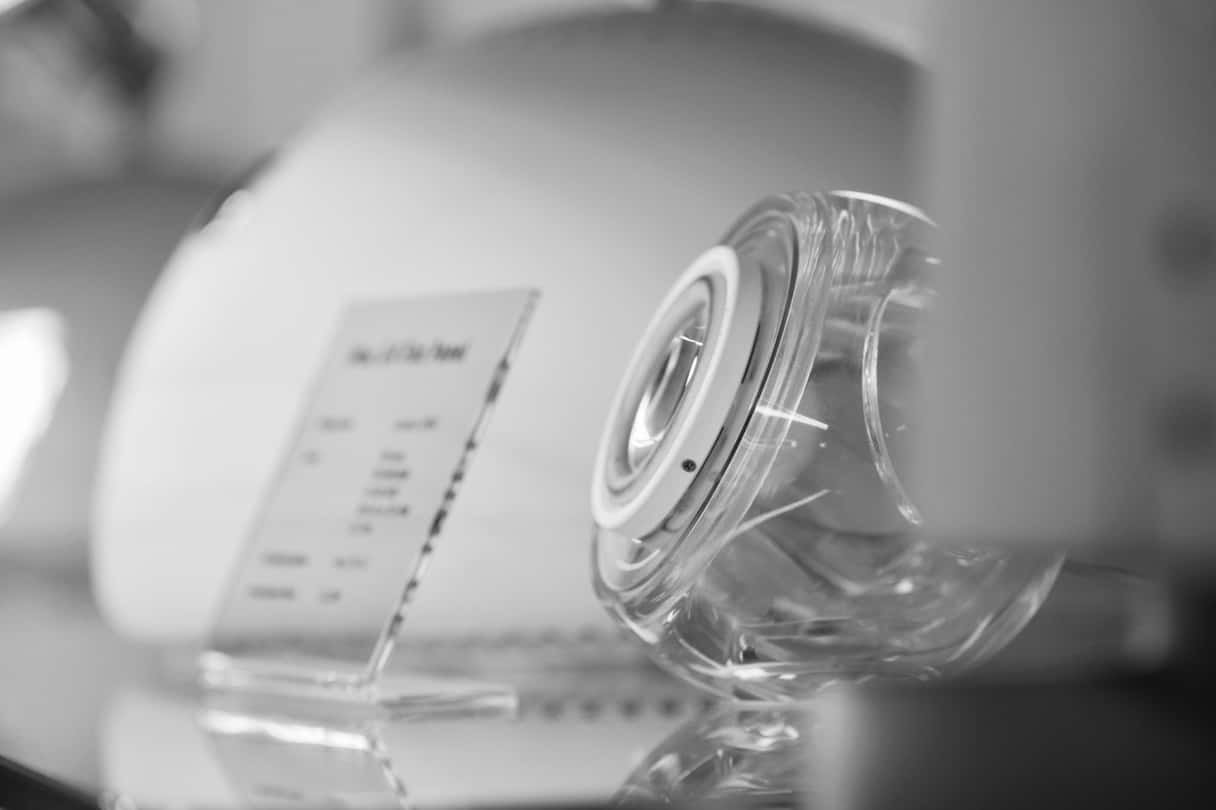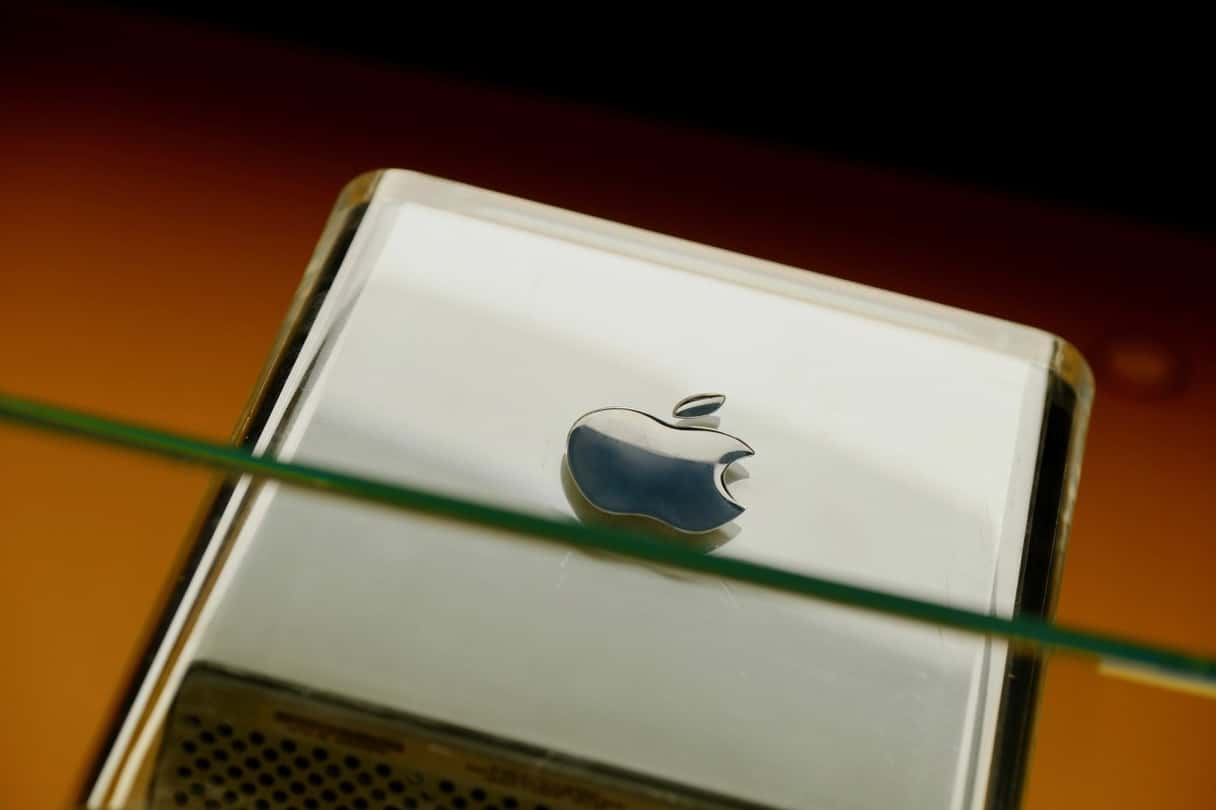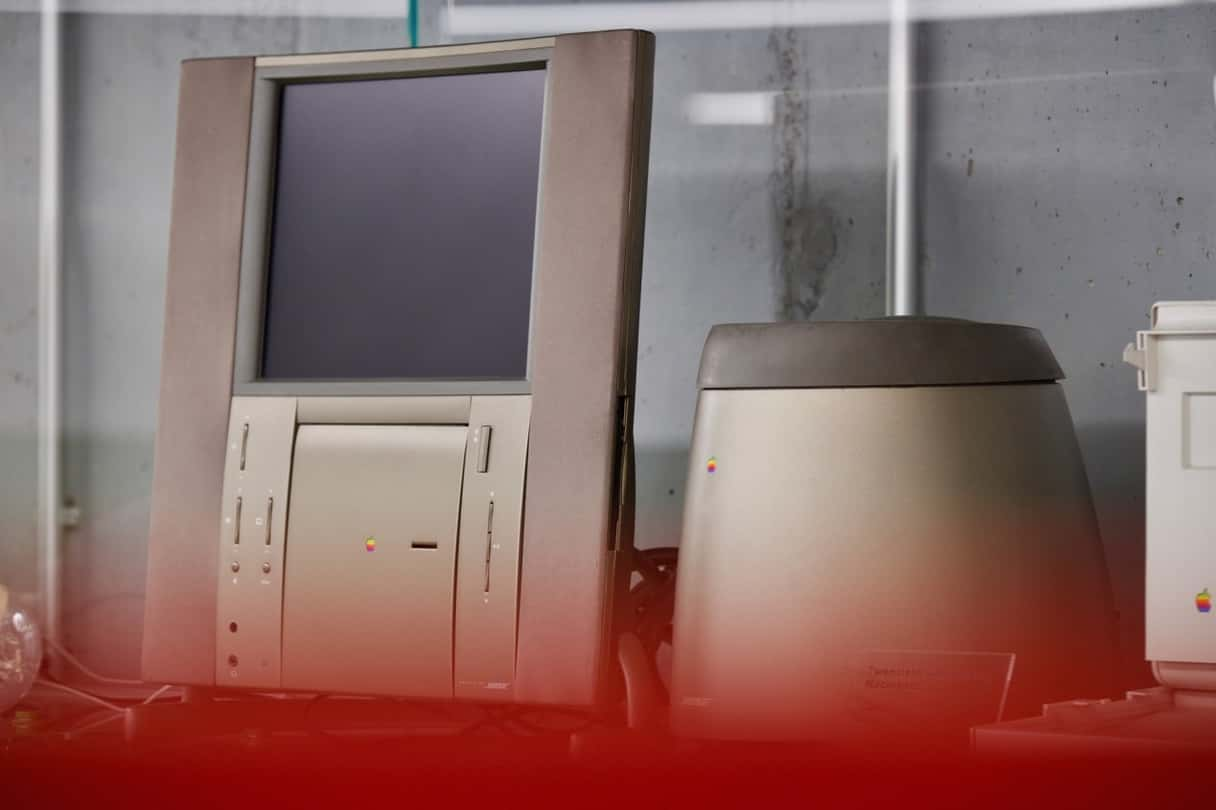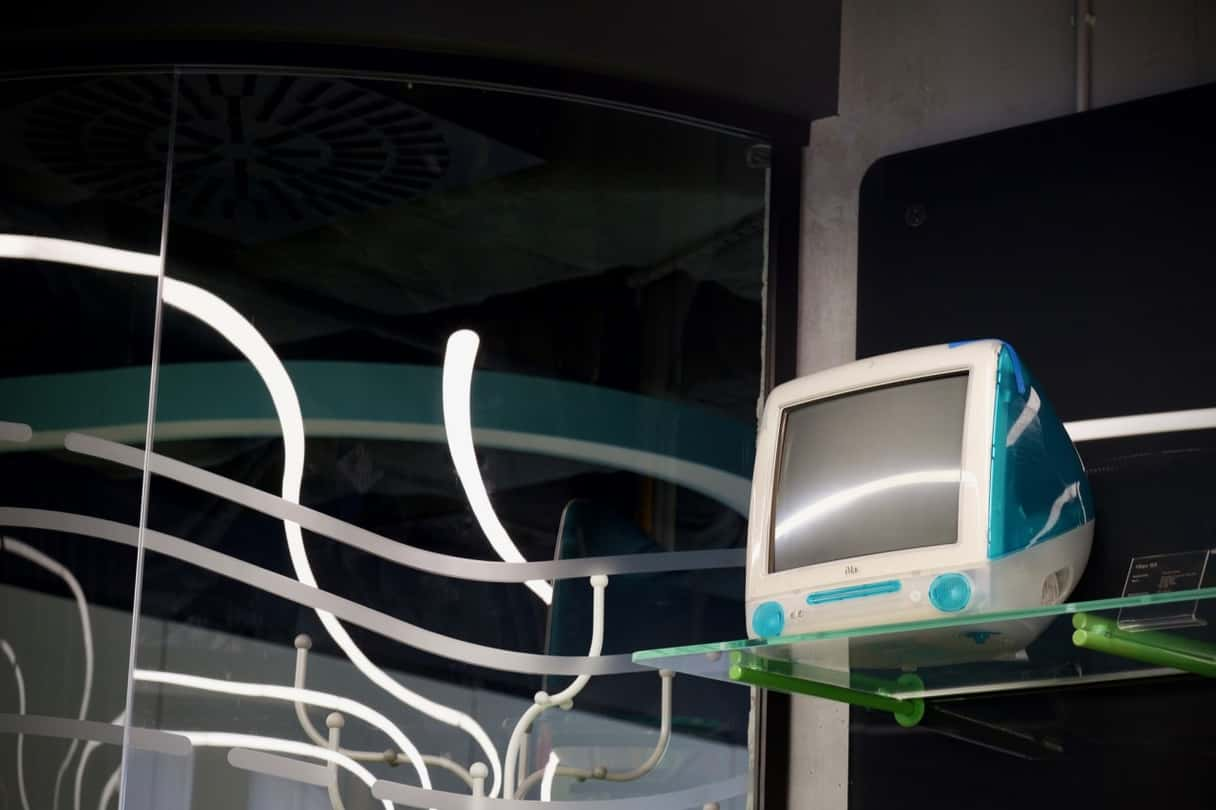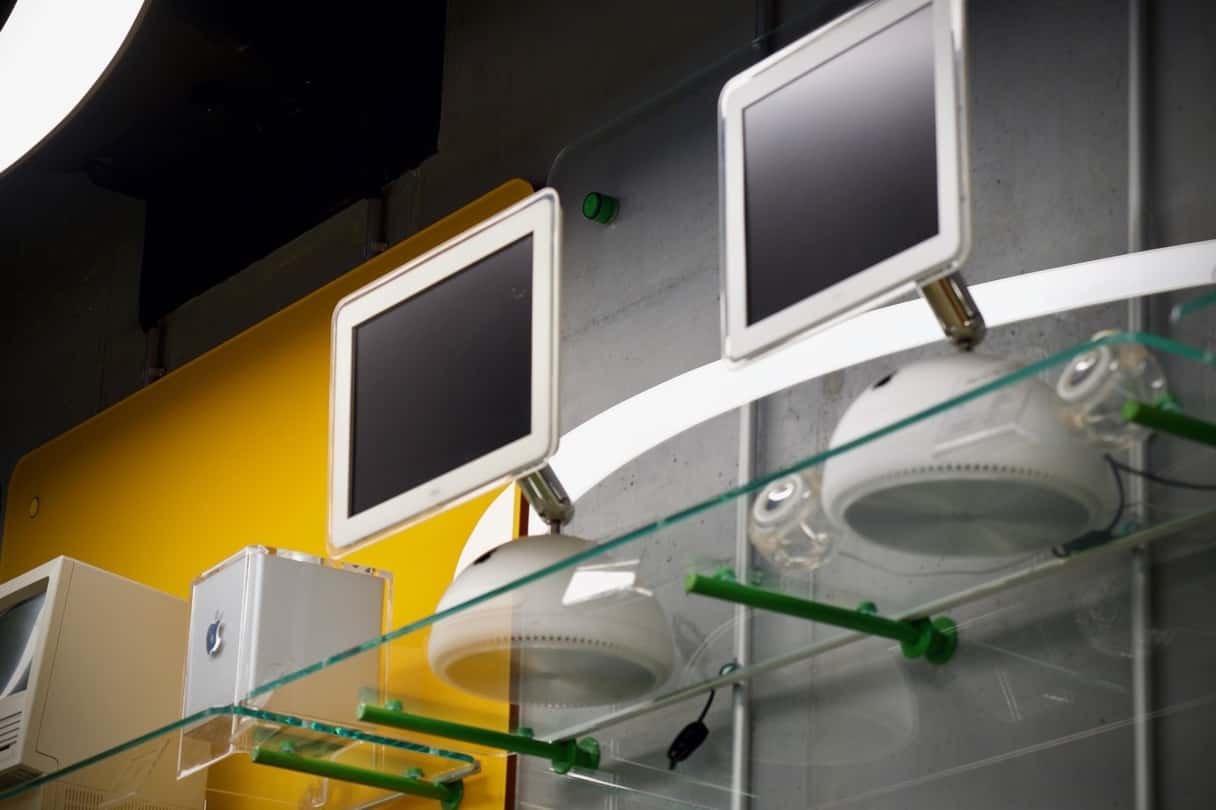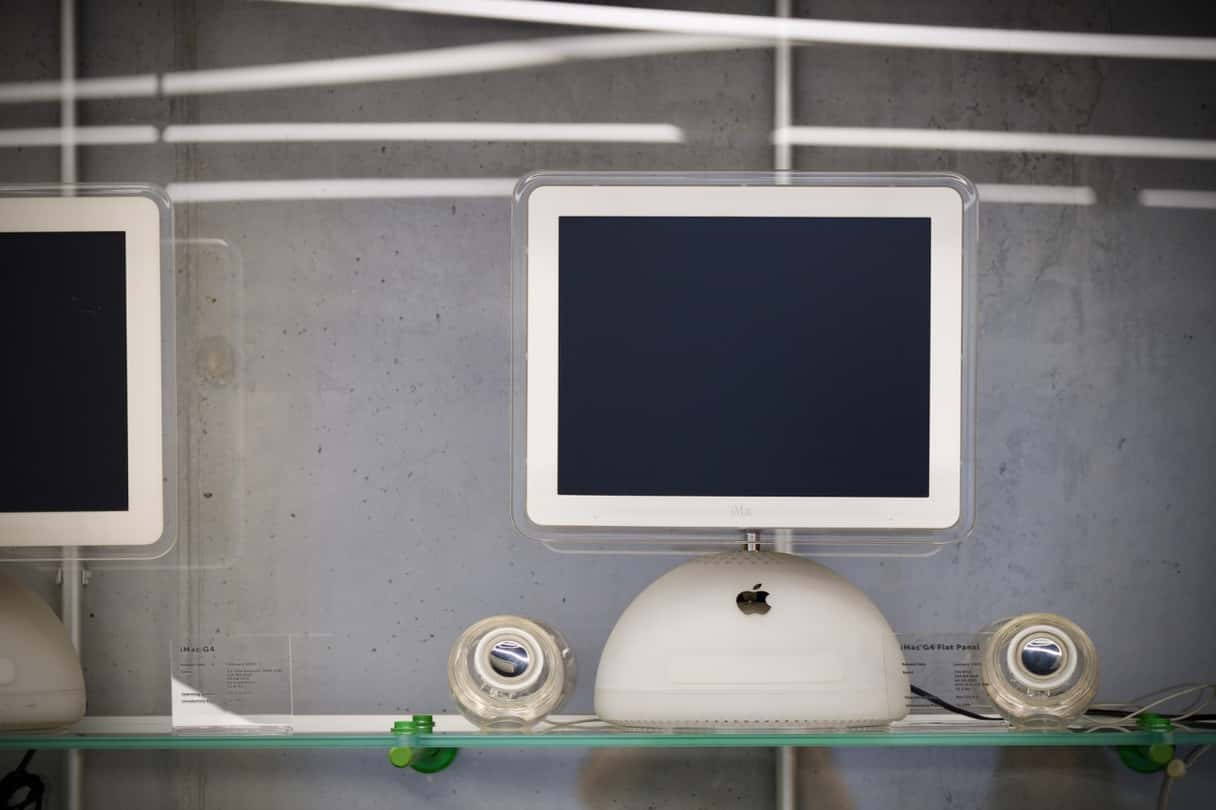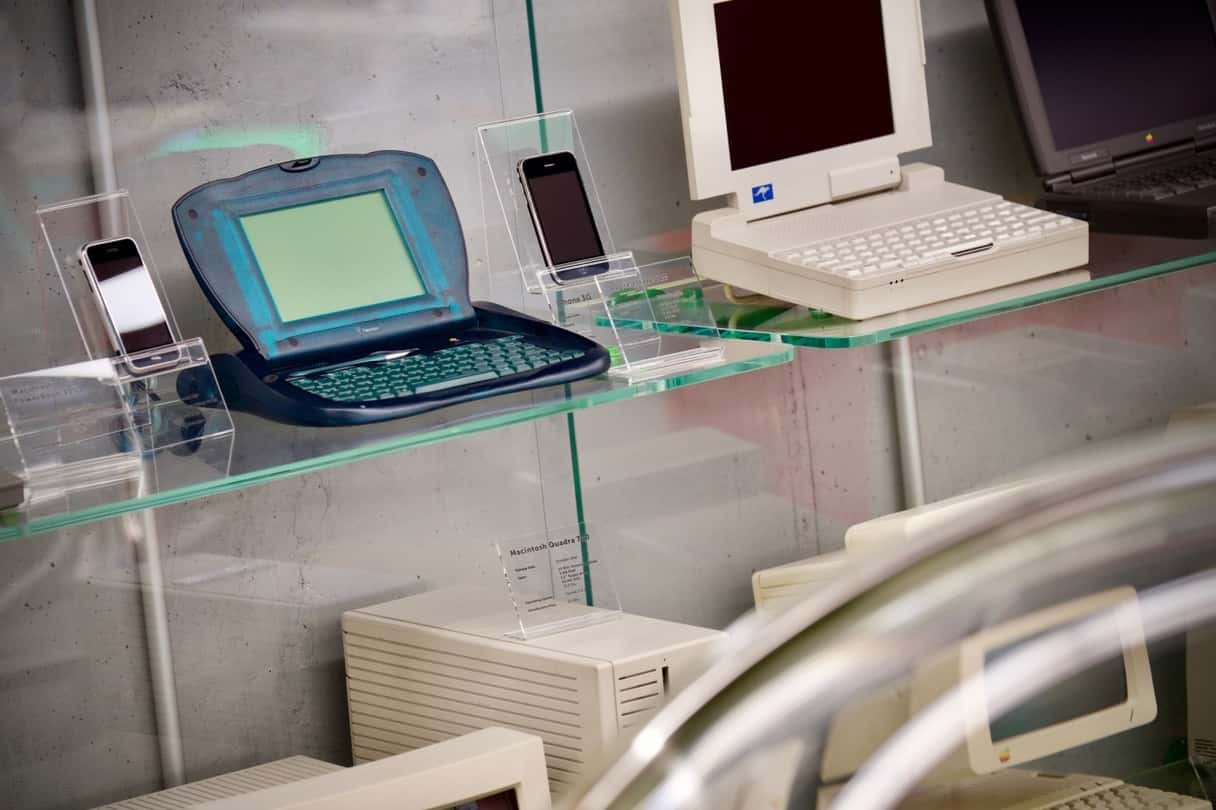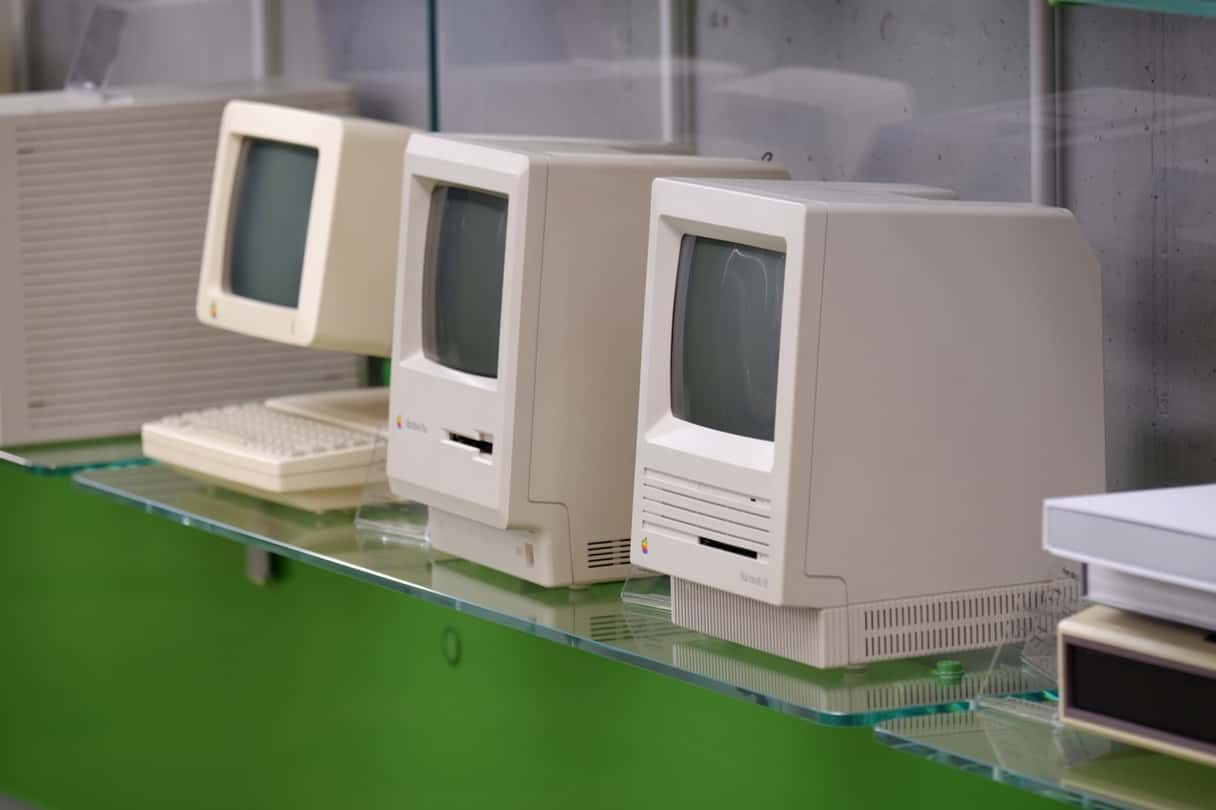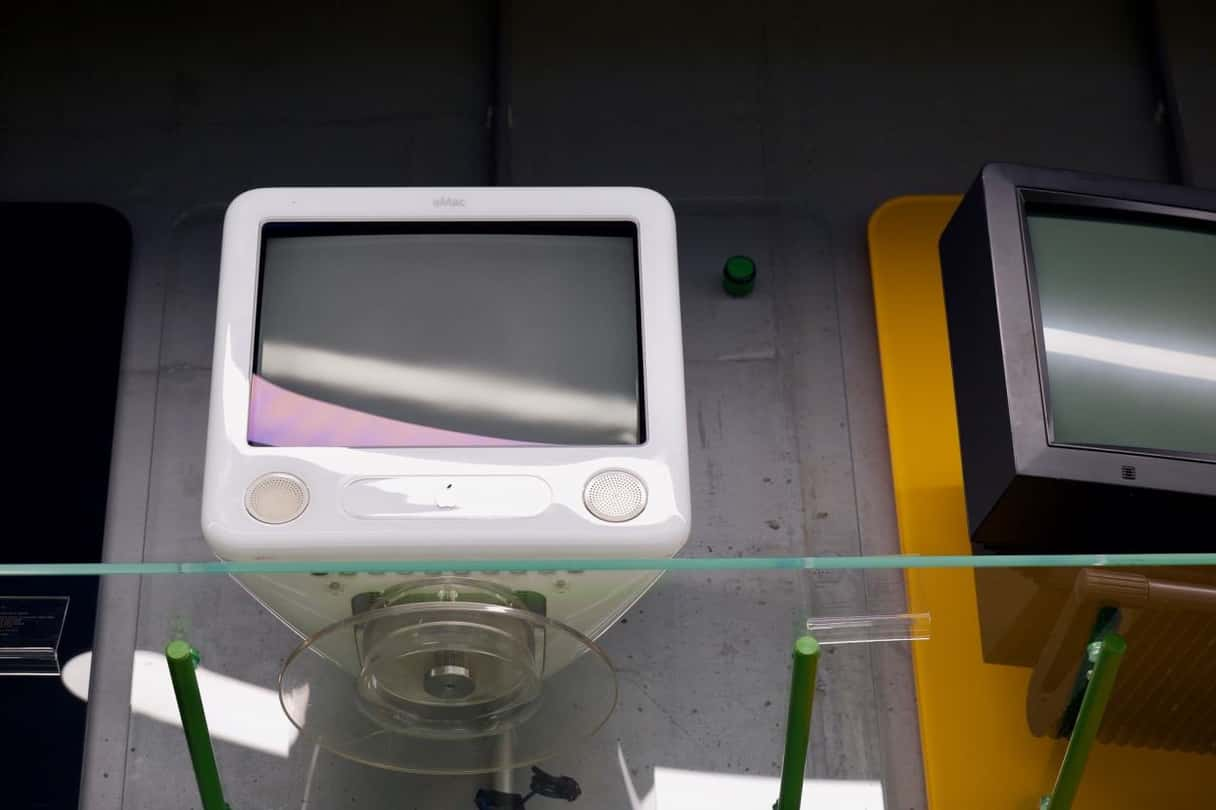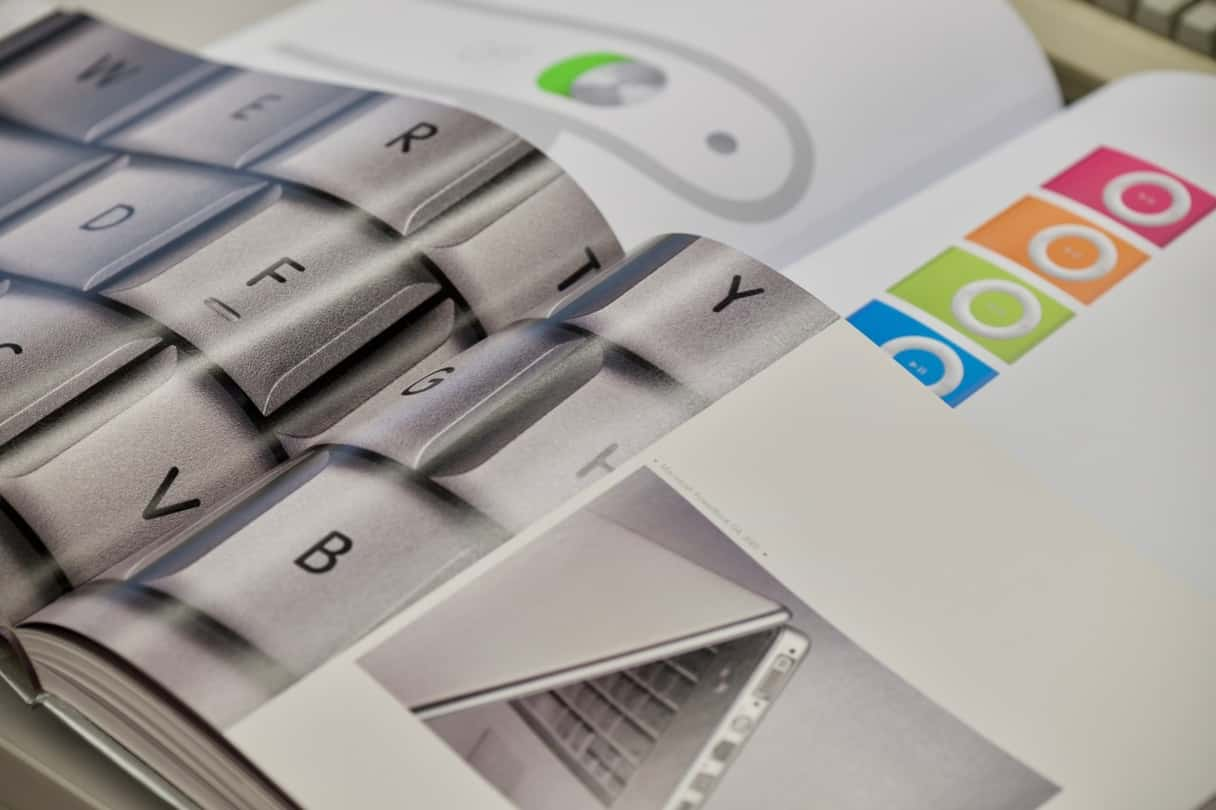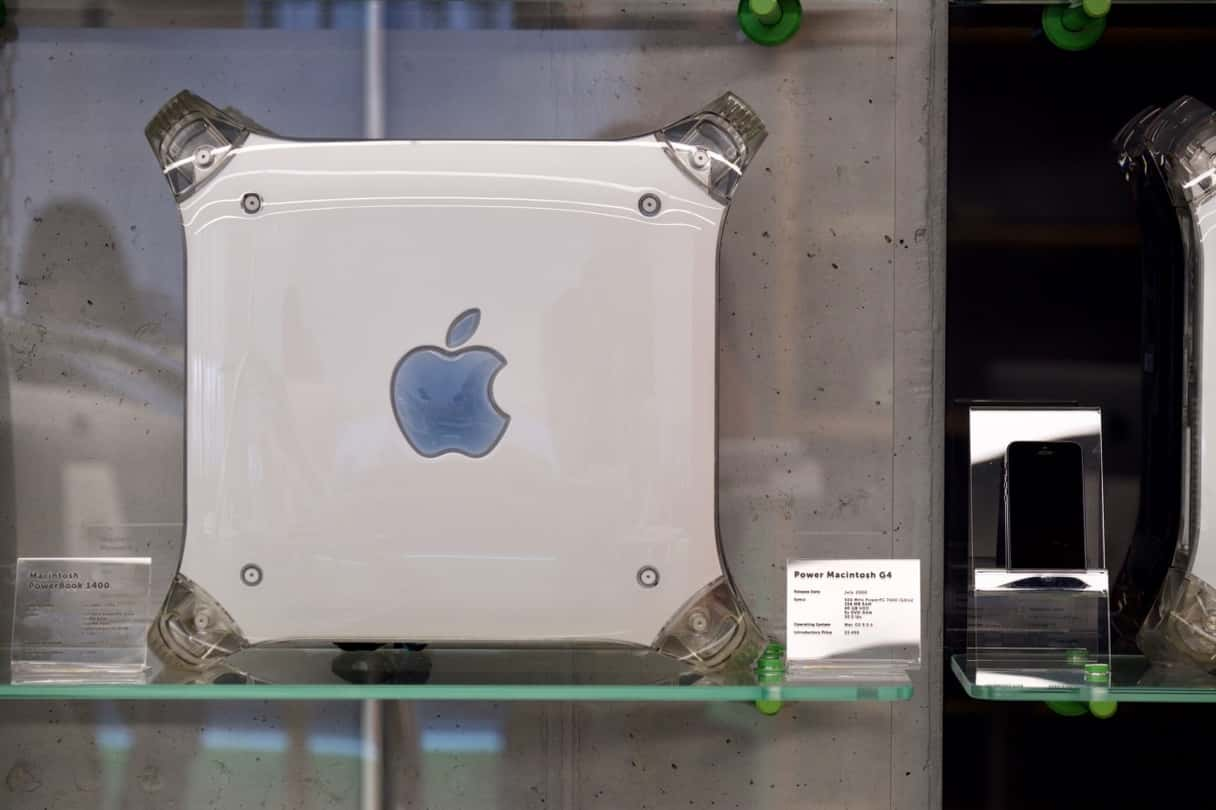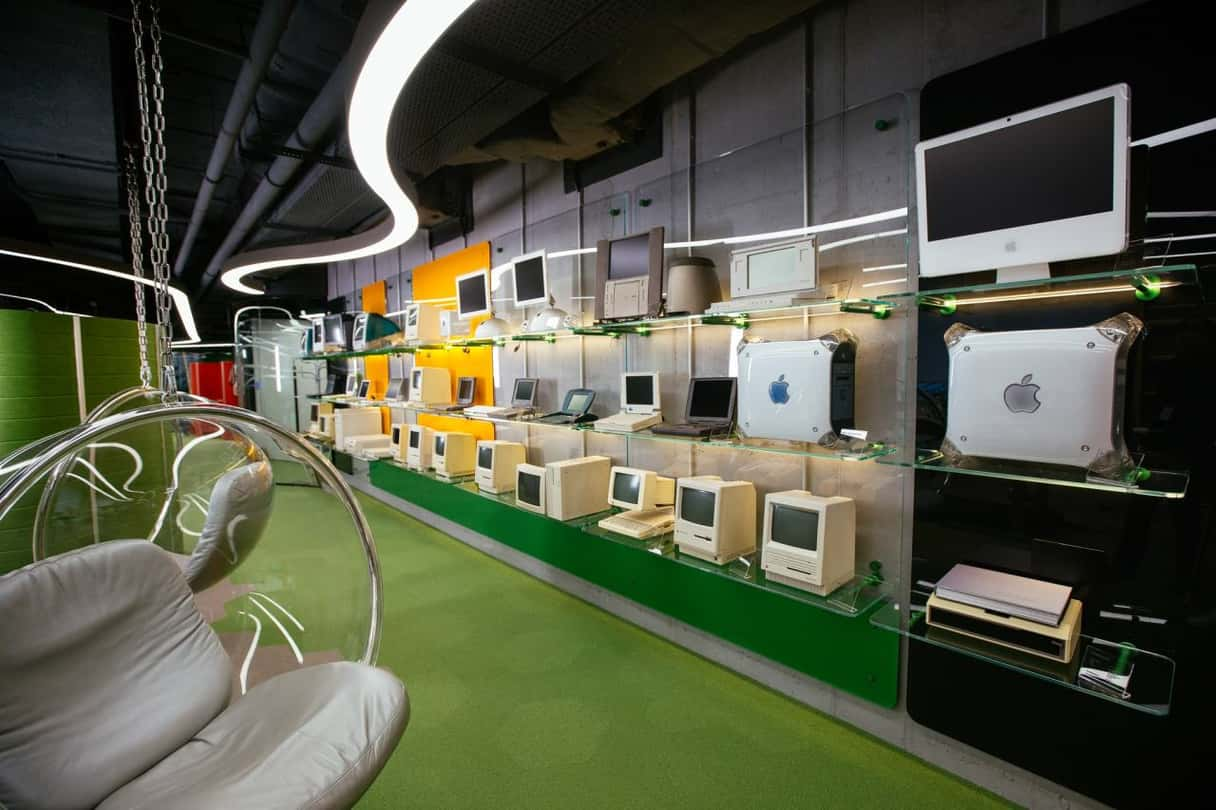Have you ever held a NeXTcube? It’s a tesseract. It’s an alien thing that was for no reason brought to us earthlings. Apple devices have always looked a bit out-of-this-world and that’s why we like them so much. So no wonder that when there’s a chance to get a huge collection of iconic Apple computers, you snatch it with the tightest grip.
Here’s the full story. Tekserve was once a small repair shop in the very heart of New York city. A small shop run by the brave Dick Demenus and David Lerner who dared to fix then-hardly-known brand of computers — Macintosh. Every lucky Mac owner in the city knew the door to knock on when their Mac misbehaved.
As the shop grew and became a landmark Apple dealer, the Tekserve team found themselves surrounded by beautiful Macs of all kinds. In twenty years they decided to turn the best of them, groundbreaking models, as they put it, into a museum-like exhibition. And later, when the shop was shutting down, an Apple Lisa, an alien Nextstation Turbo machine, and the rest of the grand collection had to find a new home on an auction.
The prospects looked pretty grim, because a collection like that had a high chance of ending up in some millionaire’s basement. Luckily, MacPaw’s CEO Olexandr Kosovan heard about the auction and made an instant decision. He secretly bought all of the iconic Macintosh computers before the collection was taken apart and sold piece by piece.
That is how almost 40 Macs from every generation were reverently moved to MacPaw’s Ukrainian office, to the uncontrollable joy of a hundred Apple fans who work here. We think there’s hardly a better place for historical Apple computers than our futuristic Apple-inspired office. And hardly a better audience than a team of passionate Mac developers.
We also plan on adding the few missing models to perfect the collection. By the way, the collection is not just for us, it’s an office-based museum and we can give you a tour next time you’re in Kyiv. You’ll get to see a 128K Macintosh signed by Steve Wozniak, an illustrated edition of Apple Design History, and even a couple of WWDC relics.
We have them all (though it’s still hard to believe).
